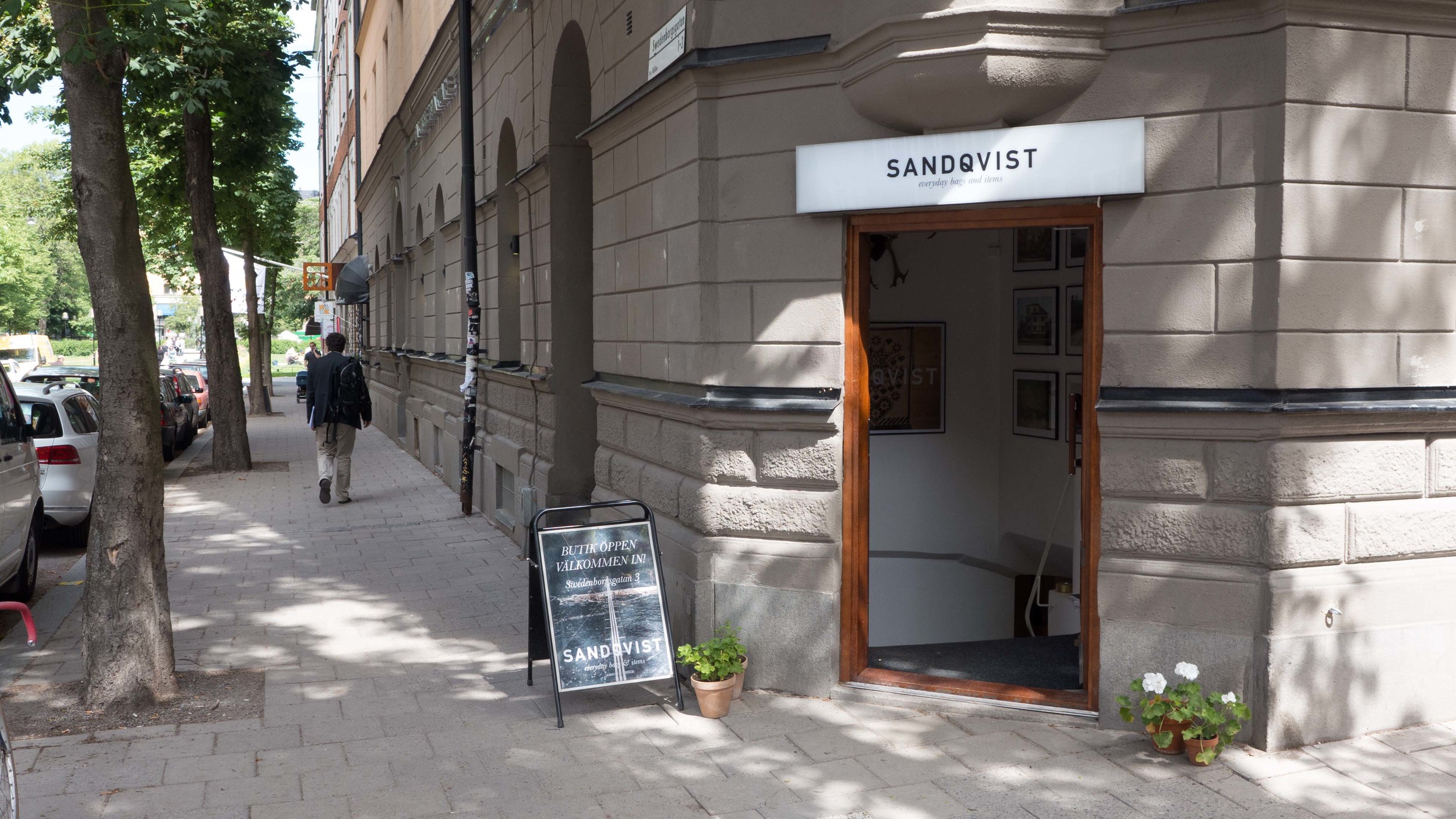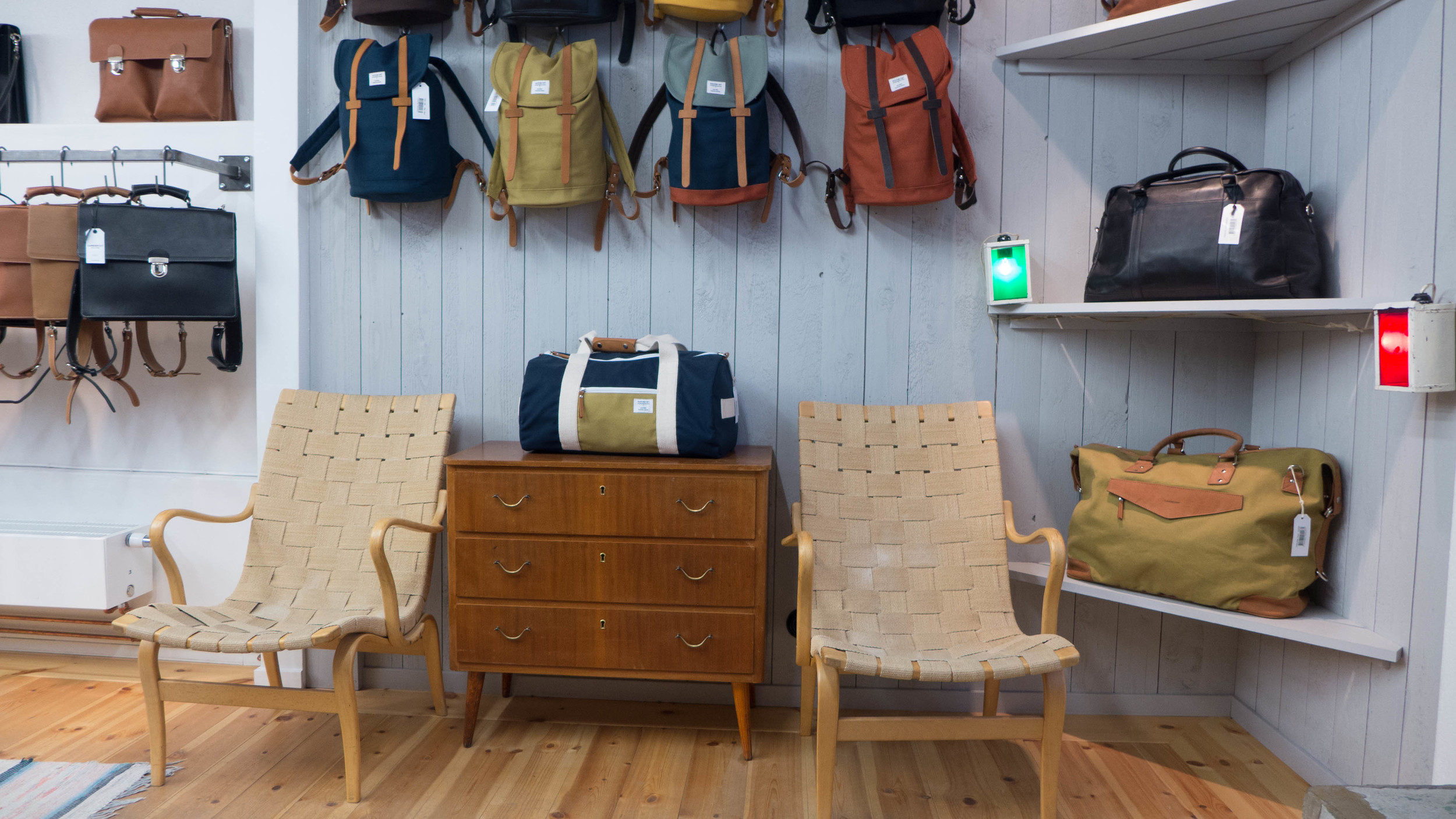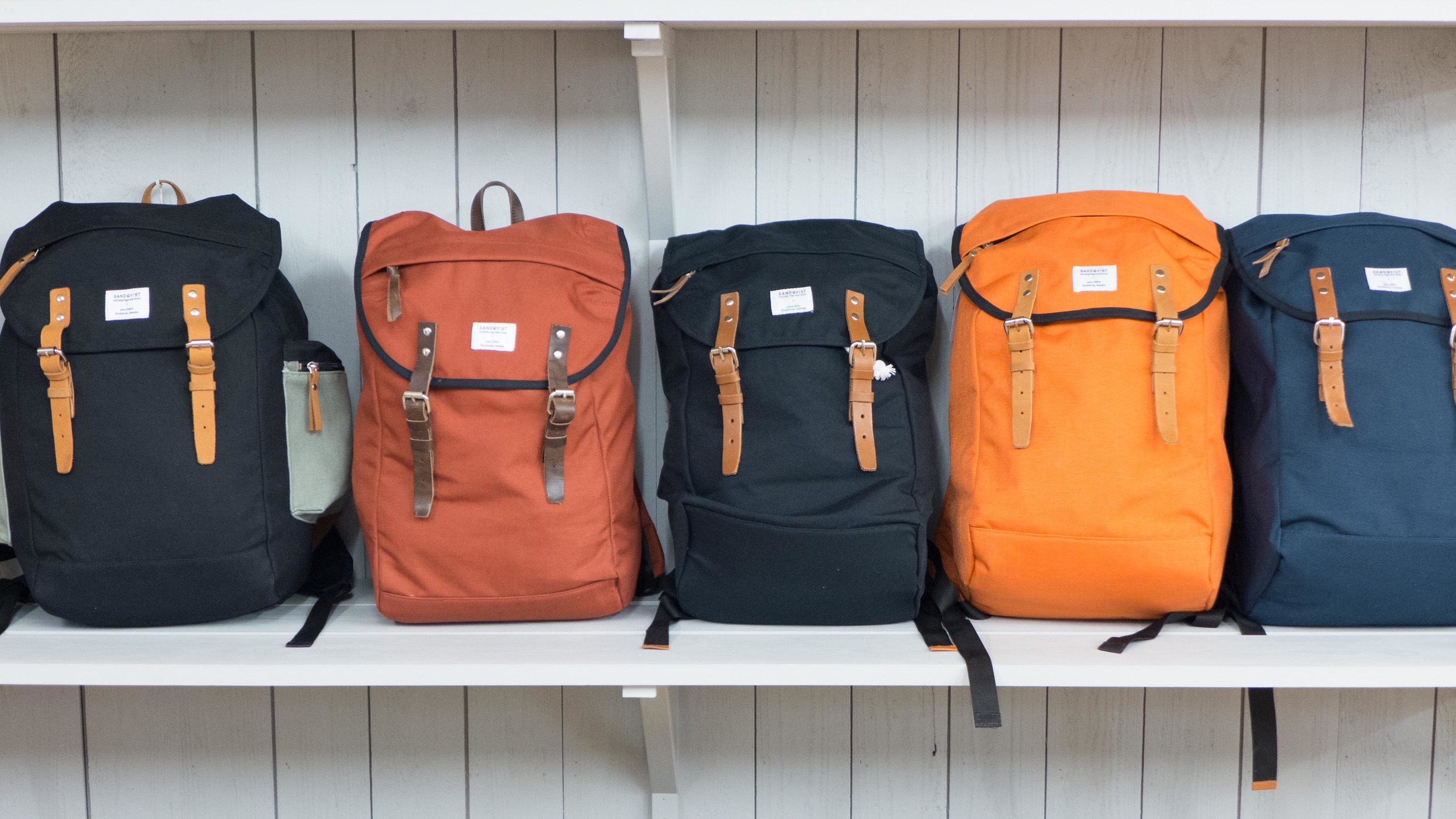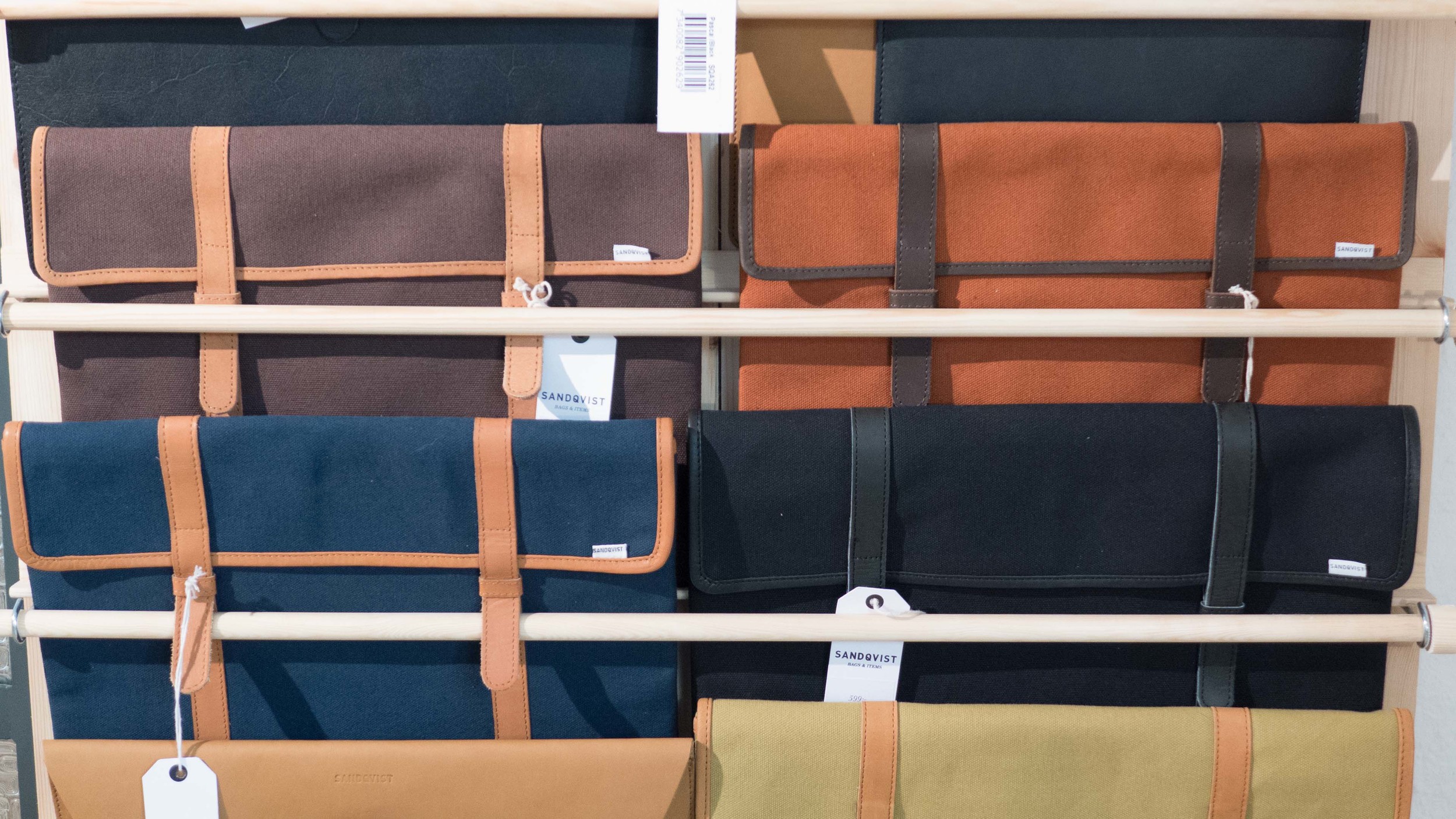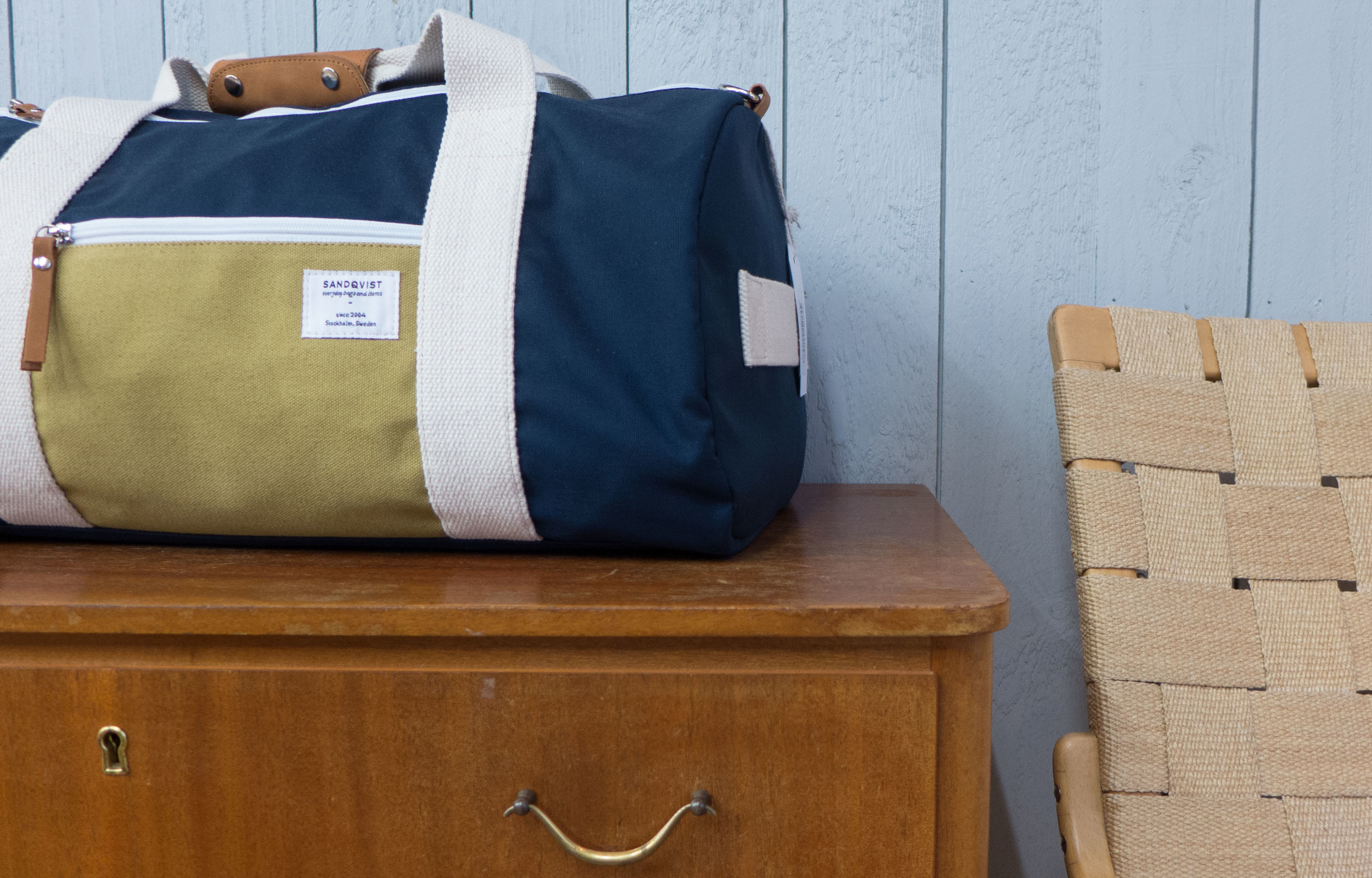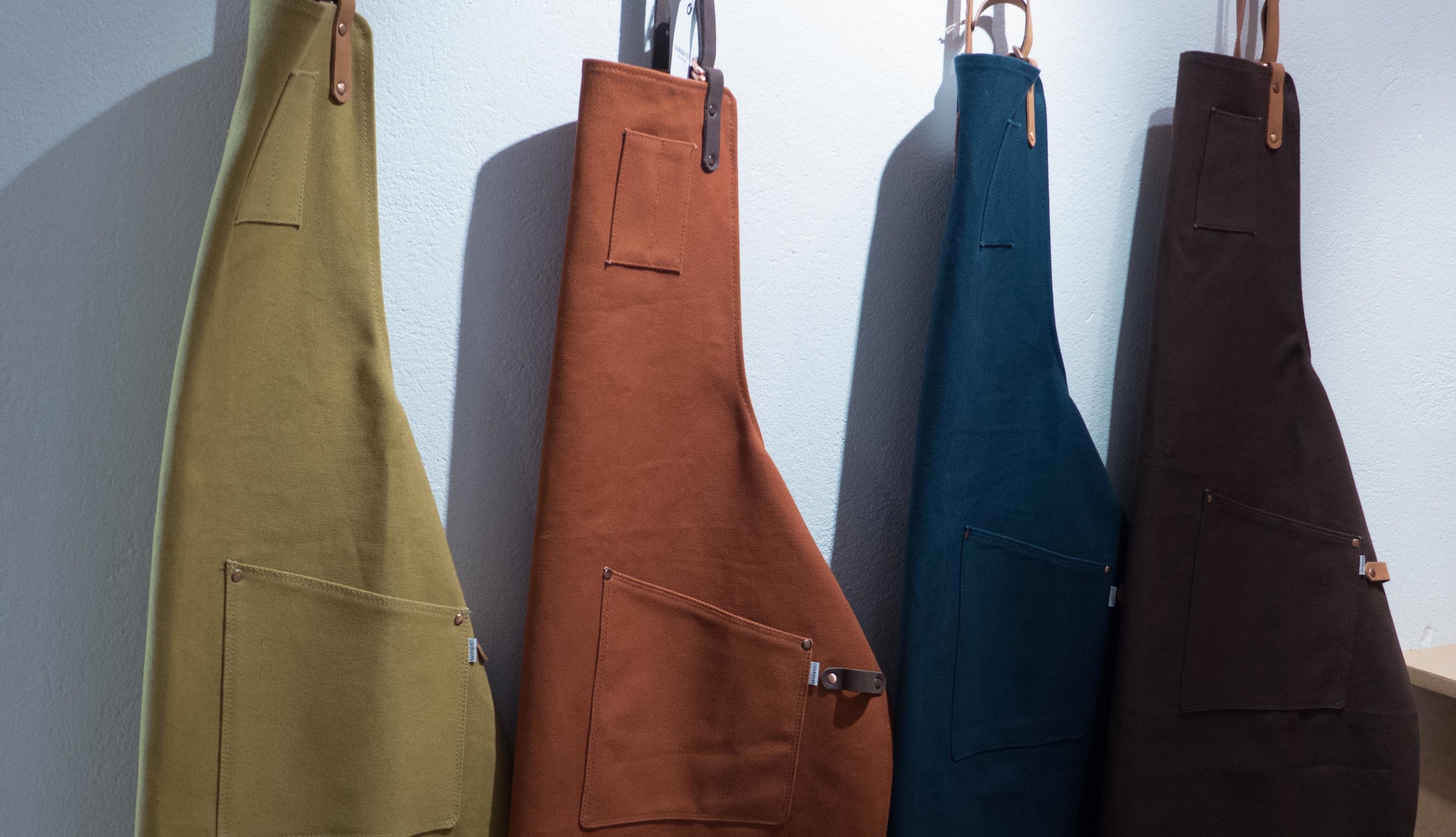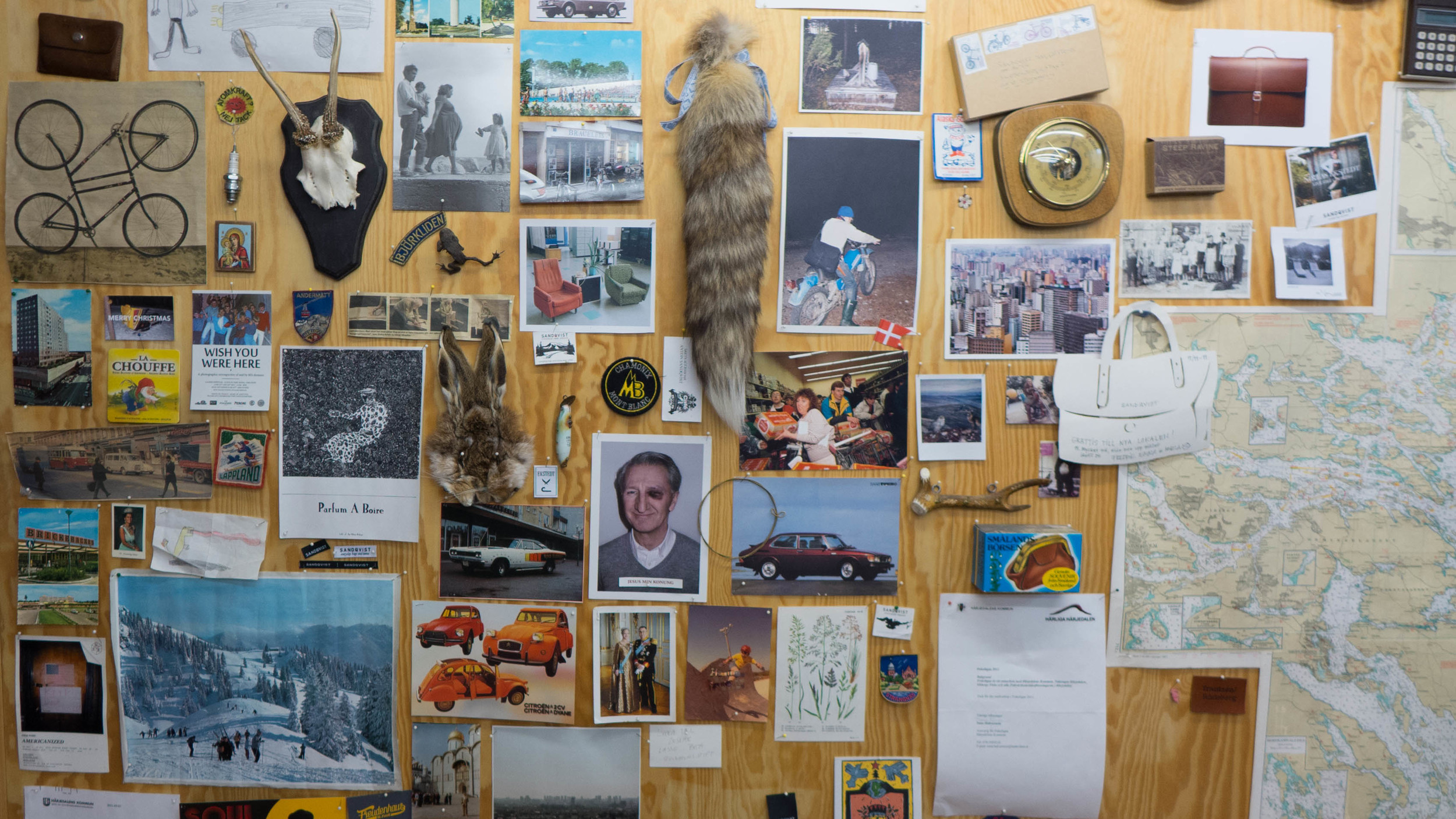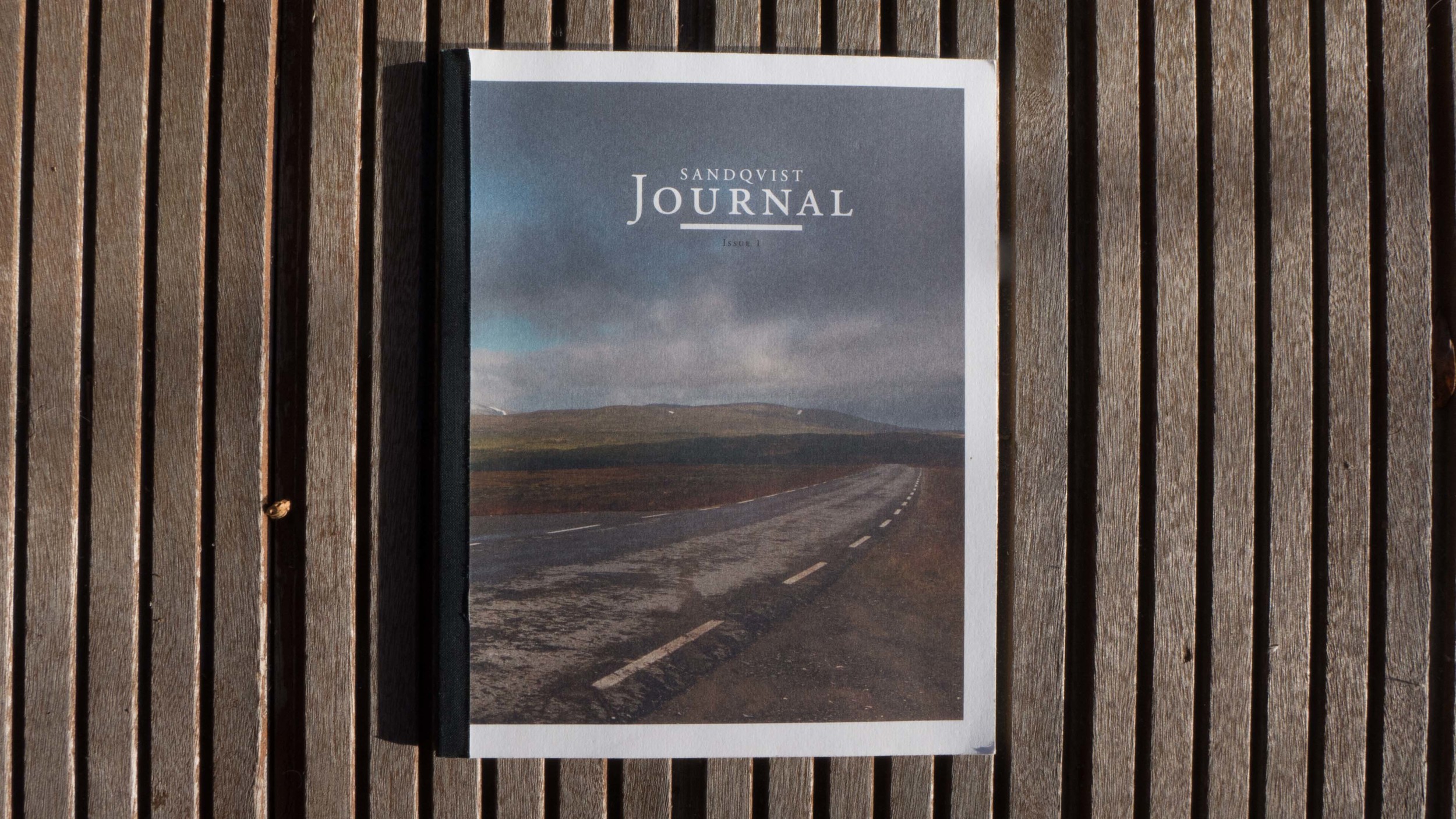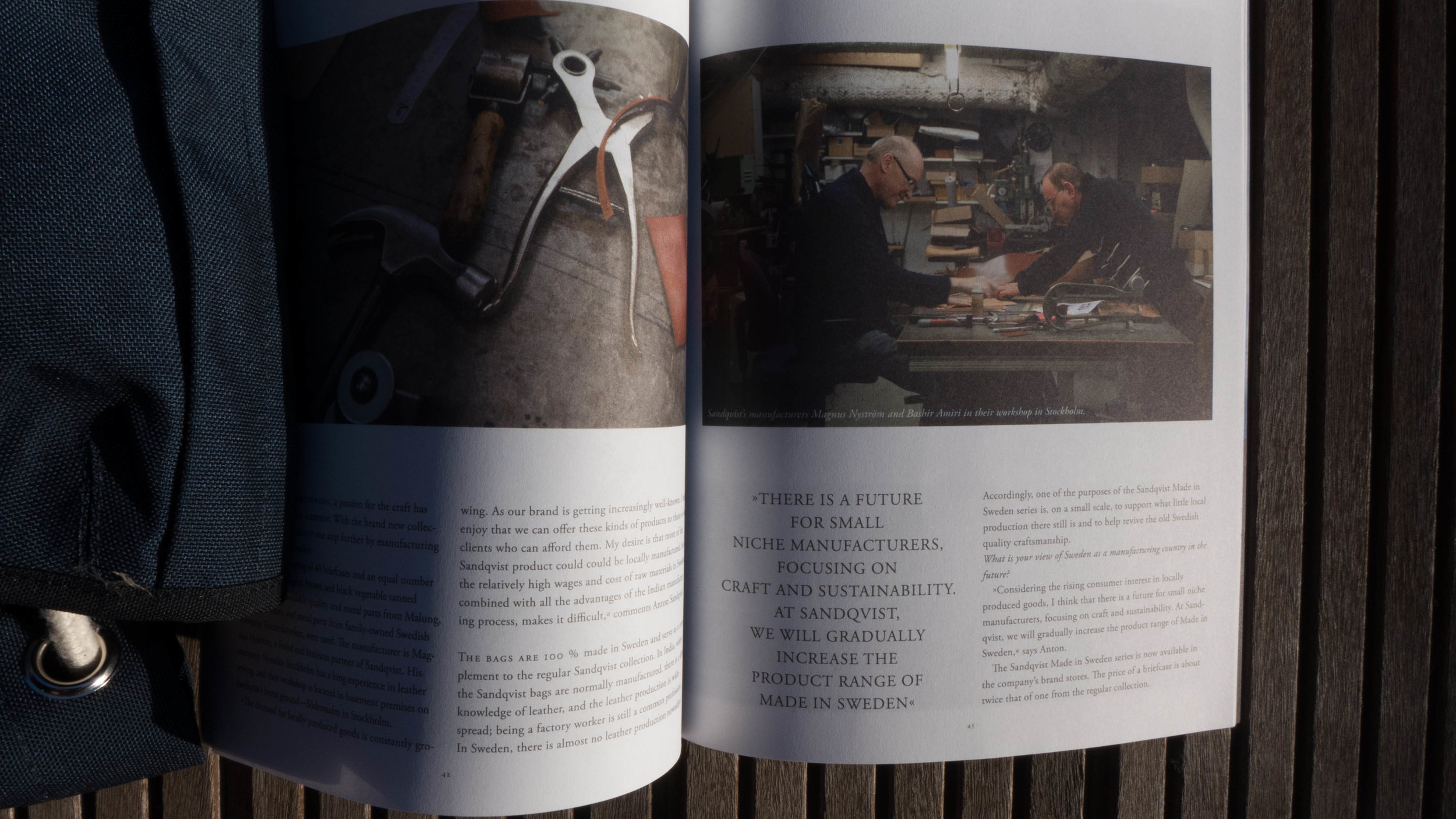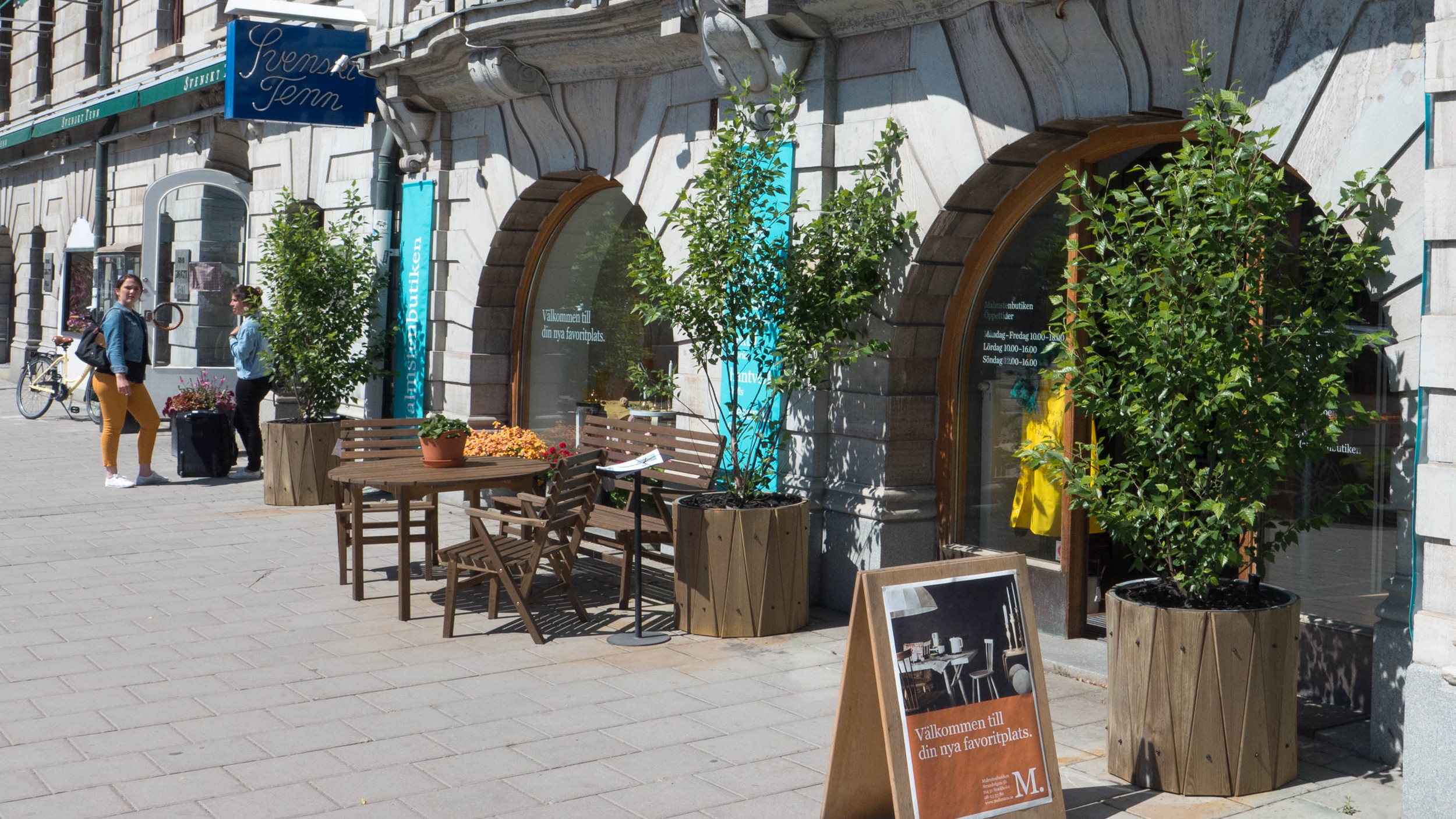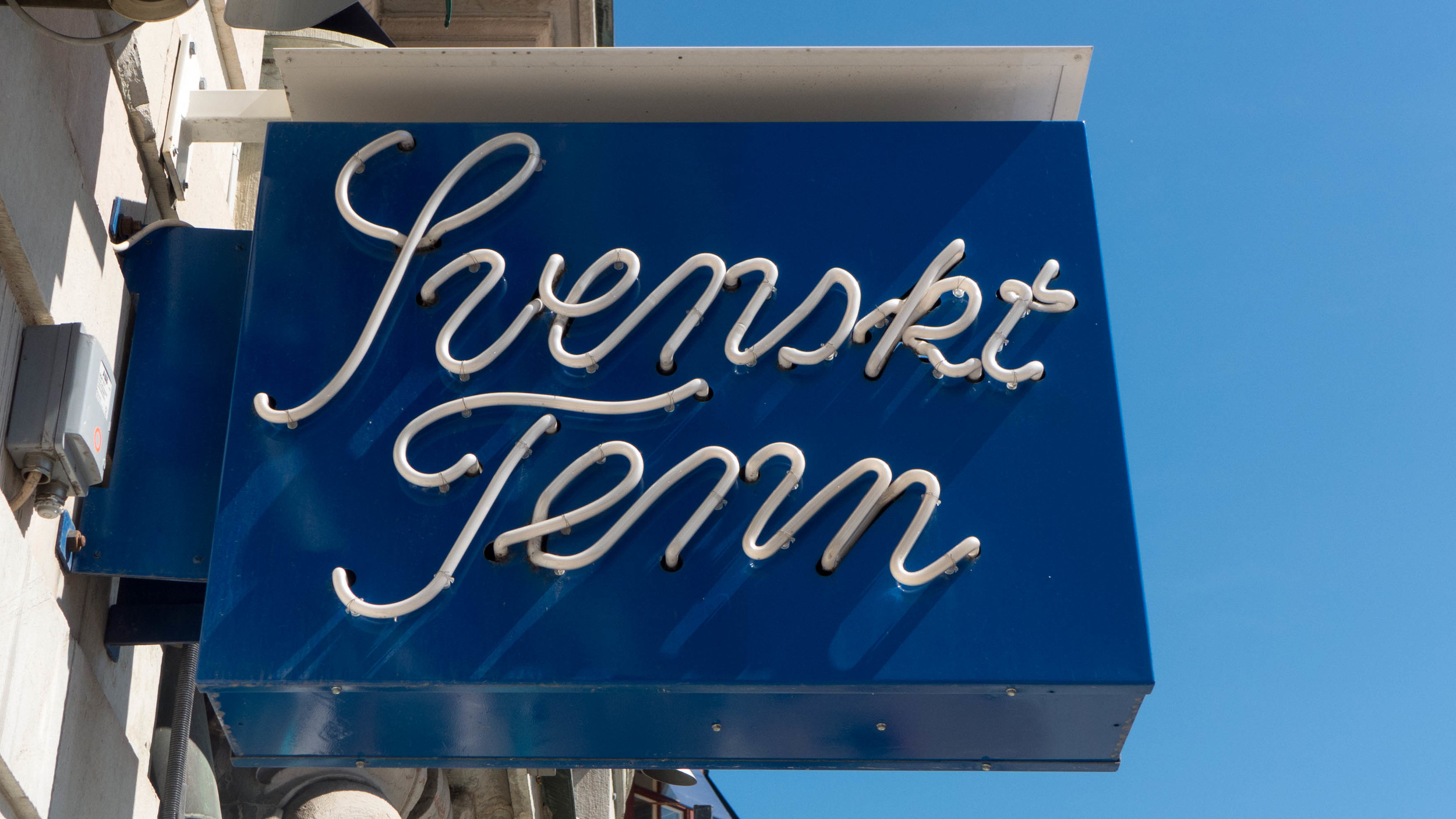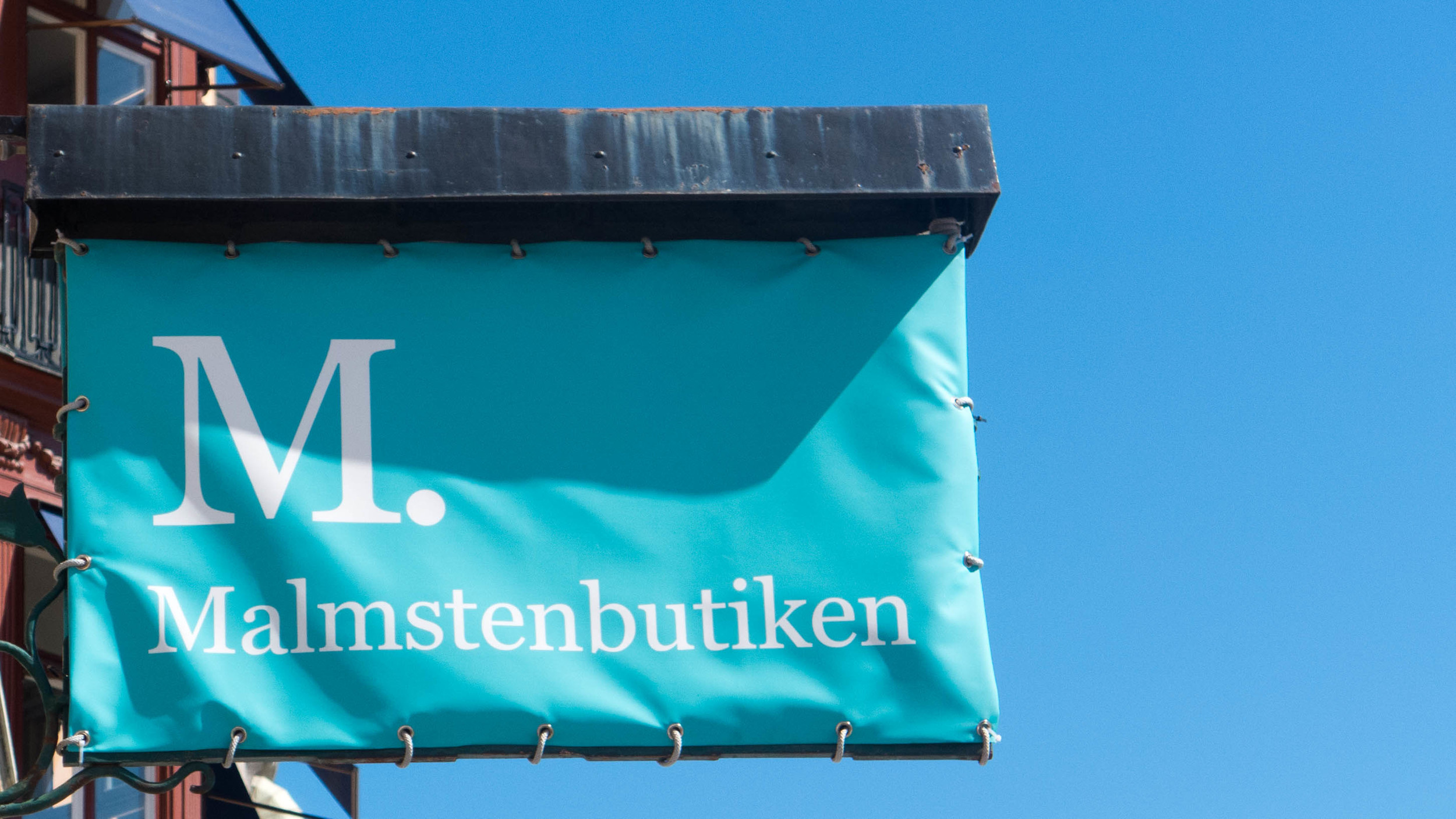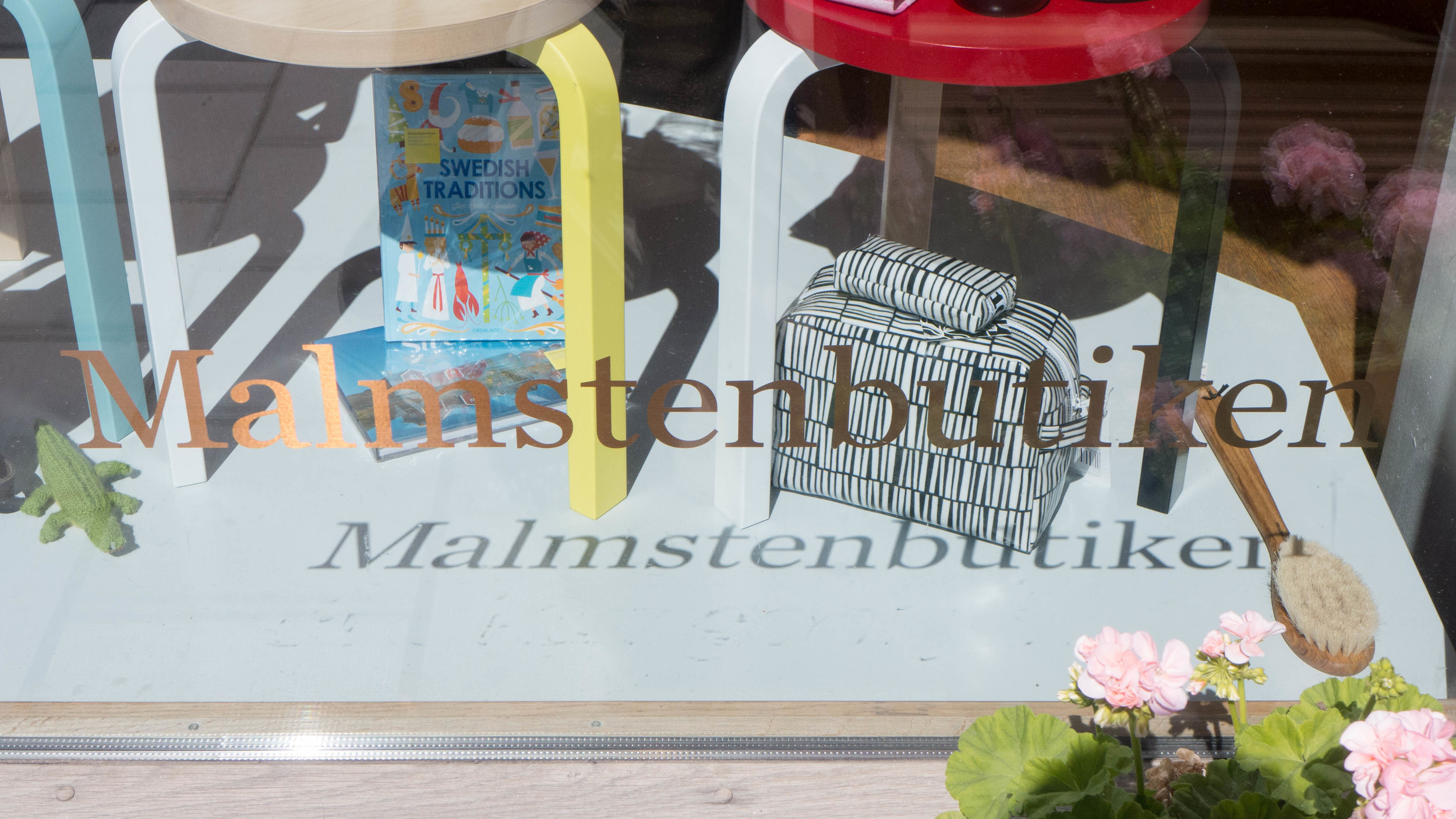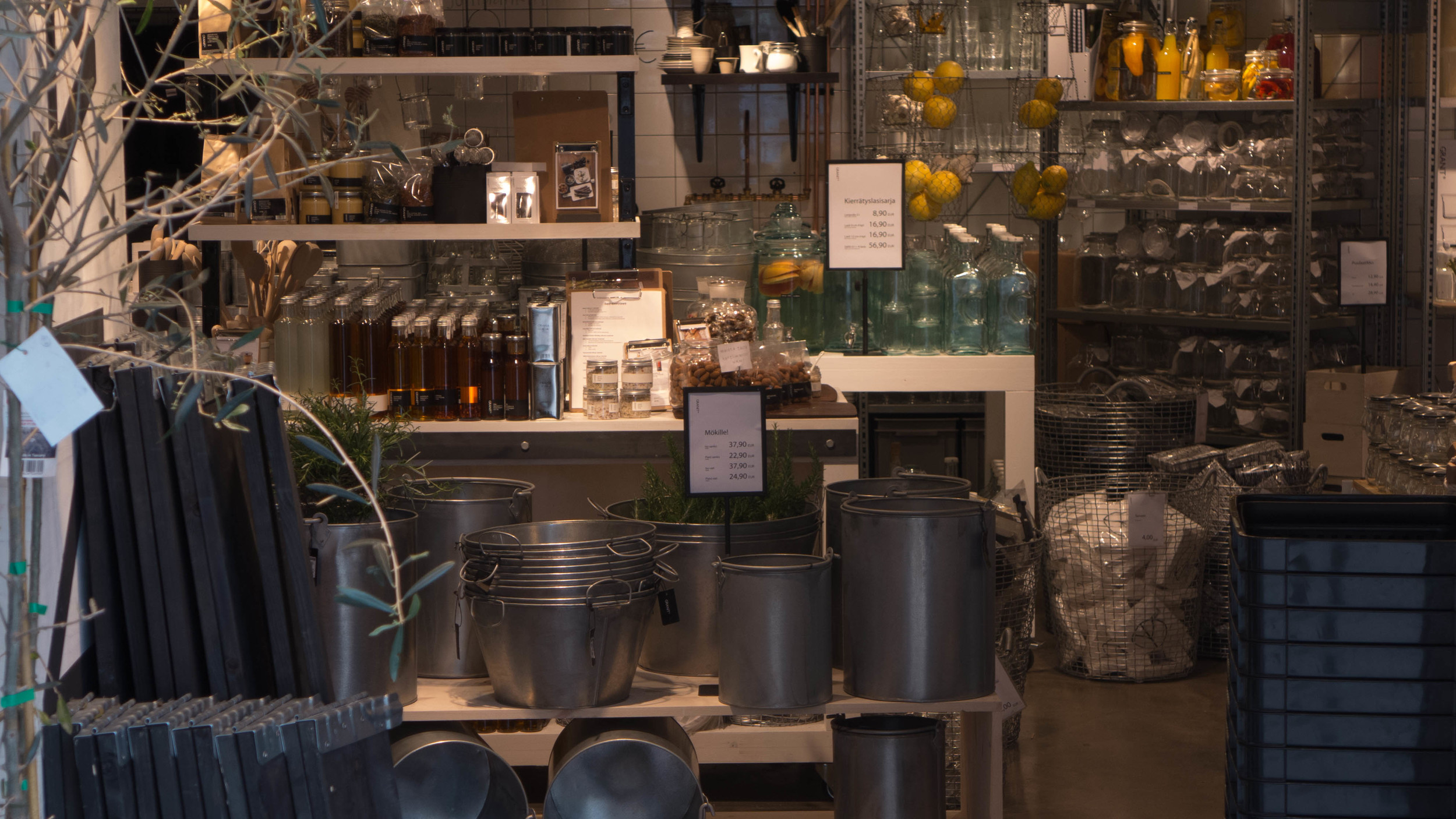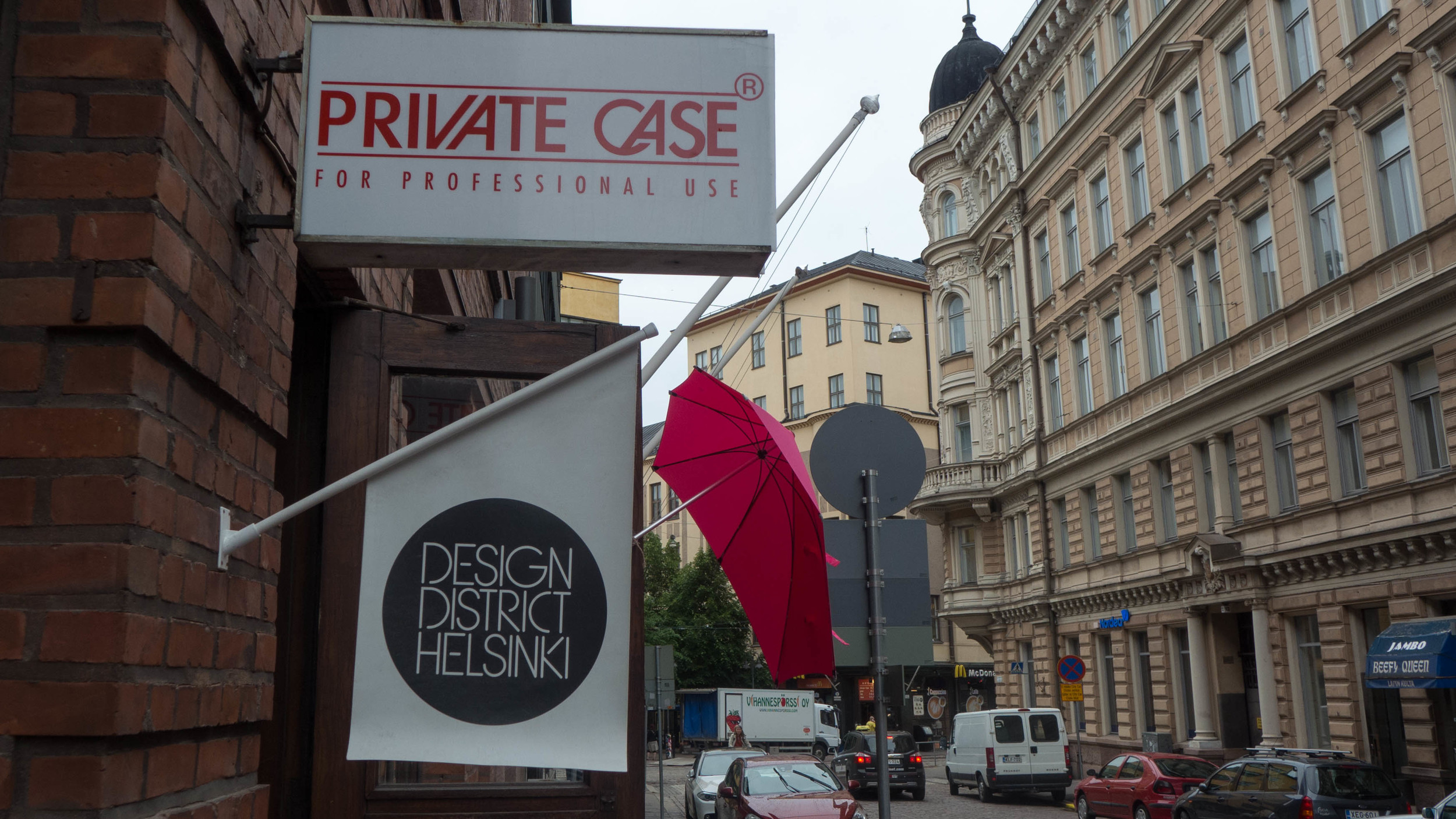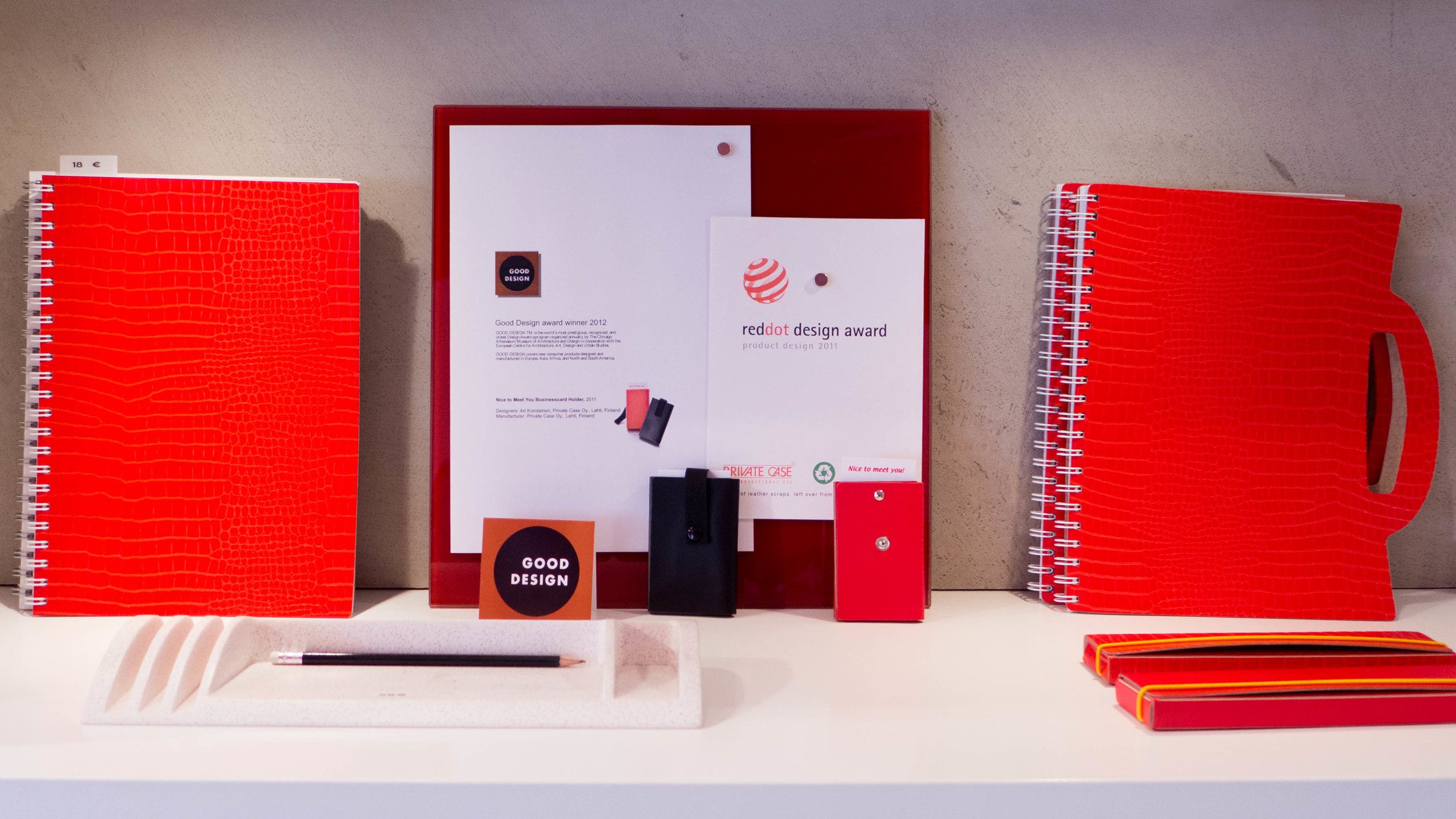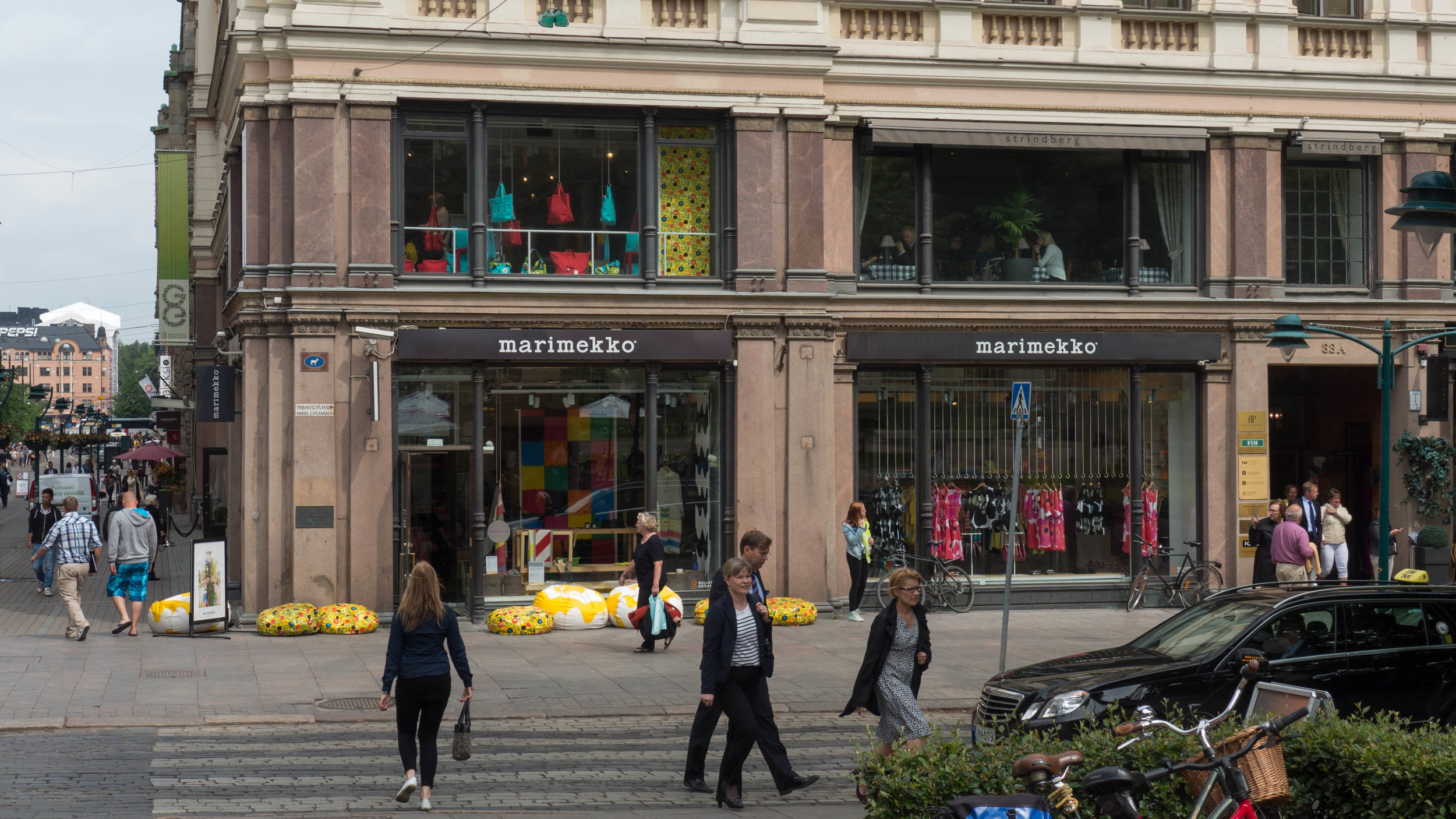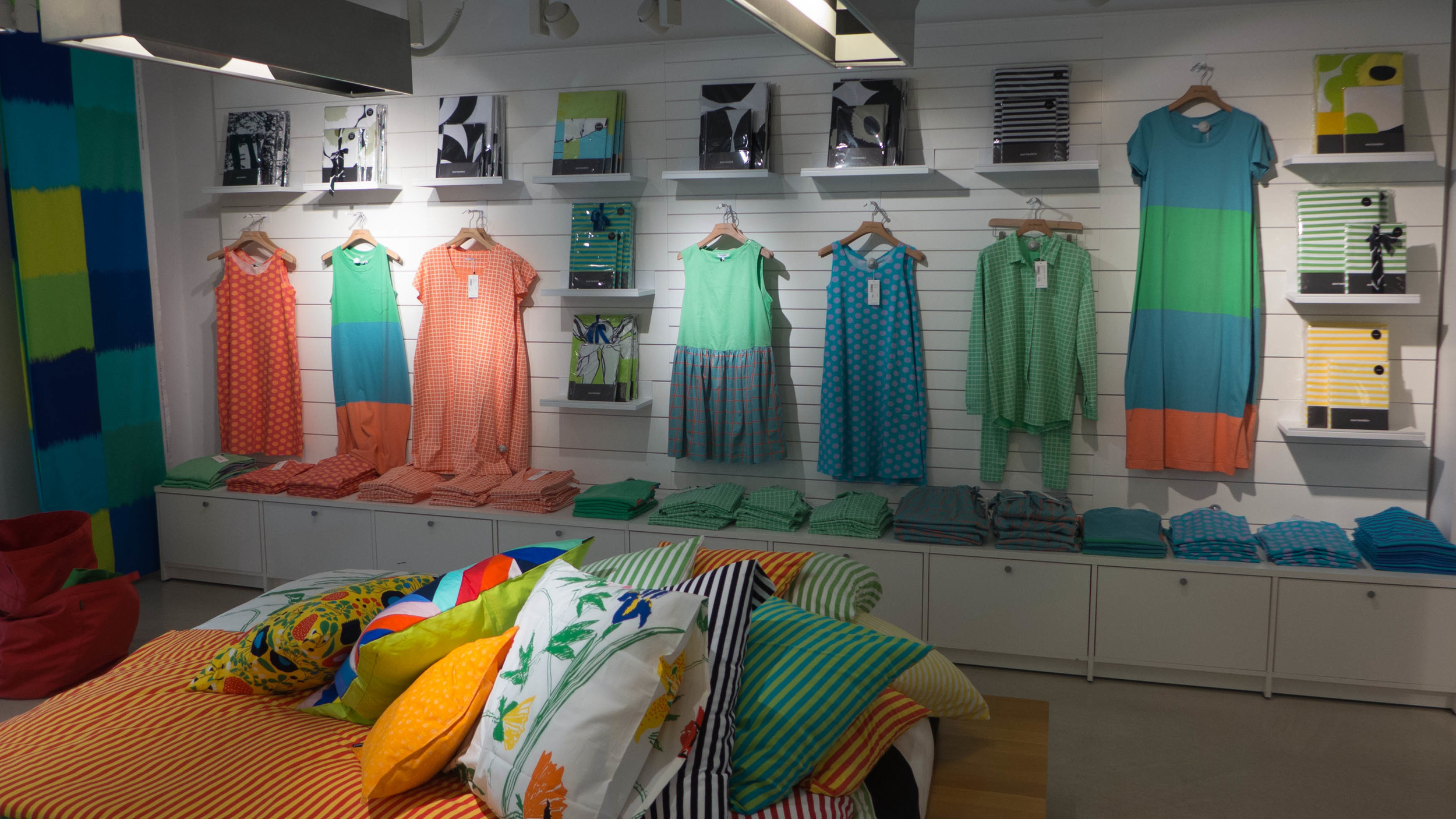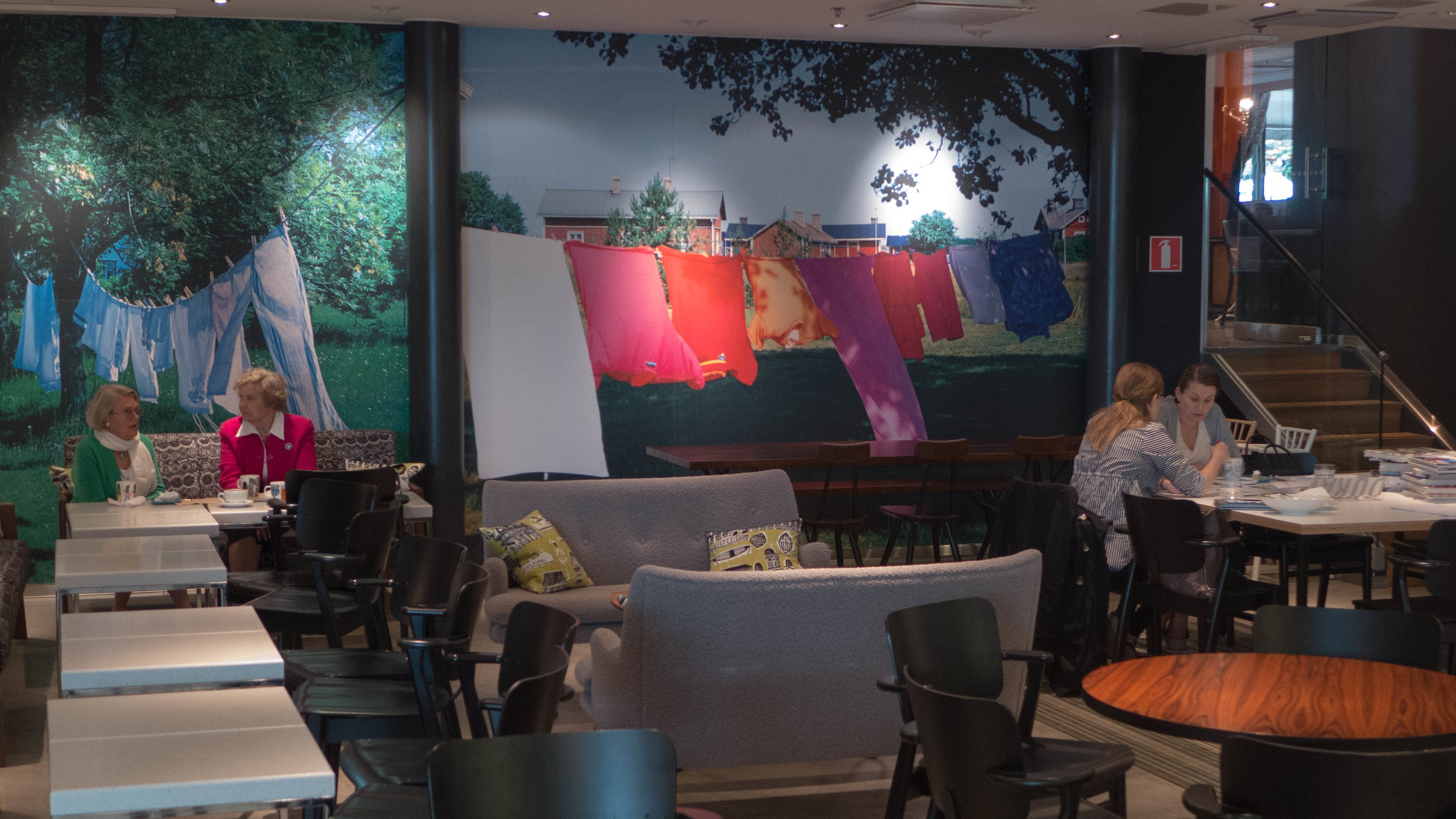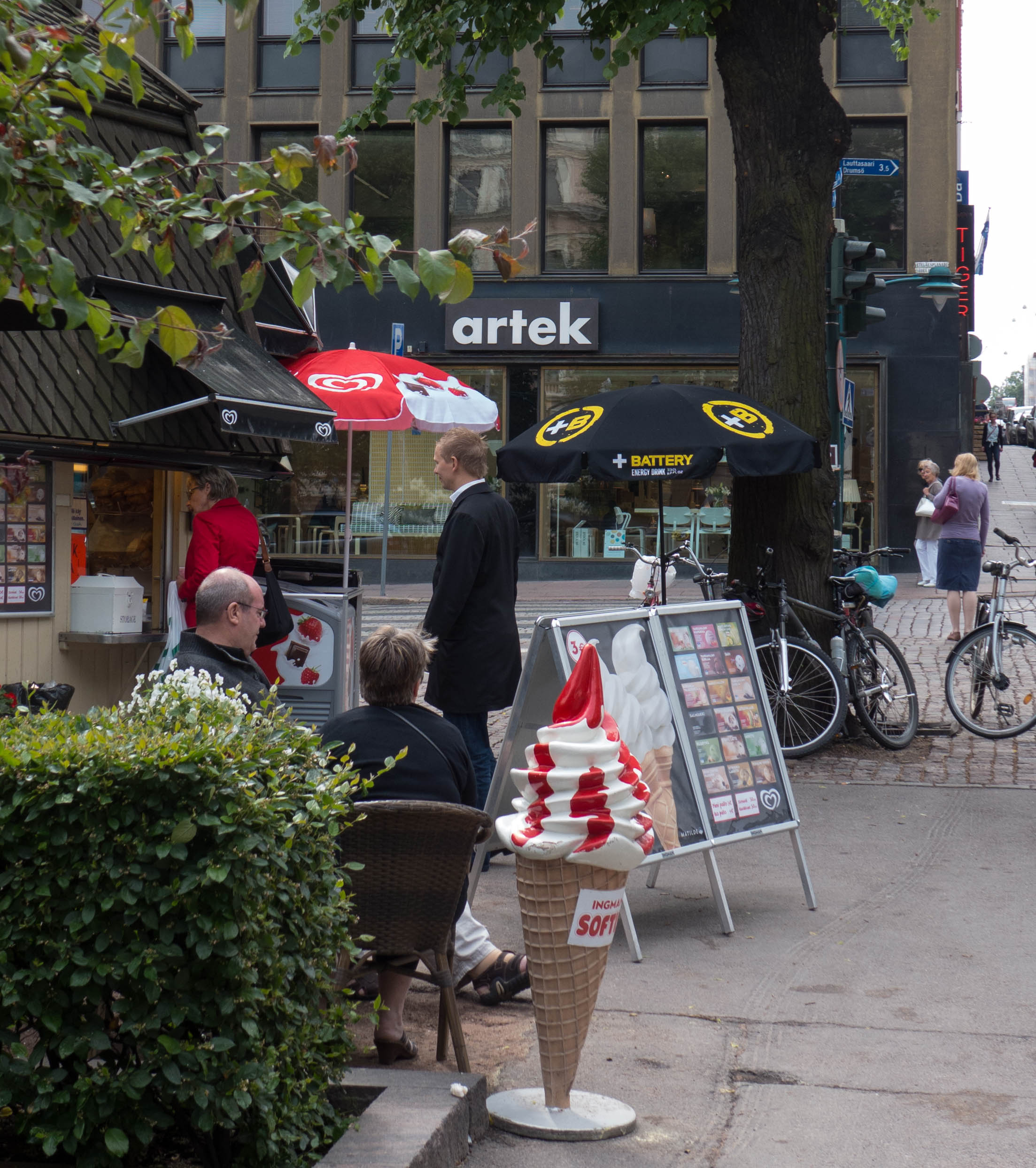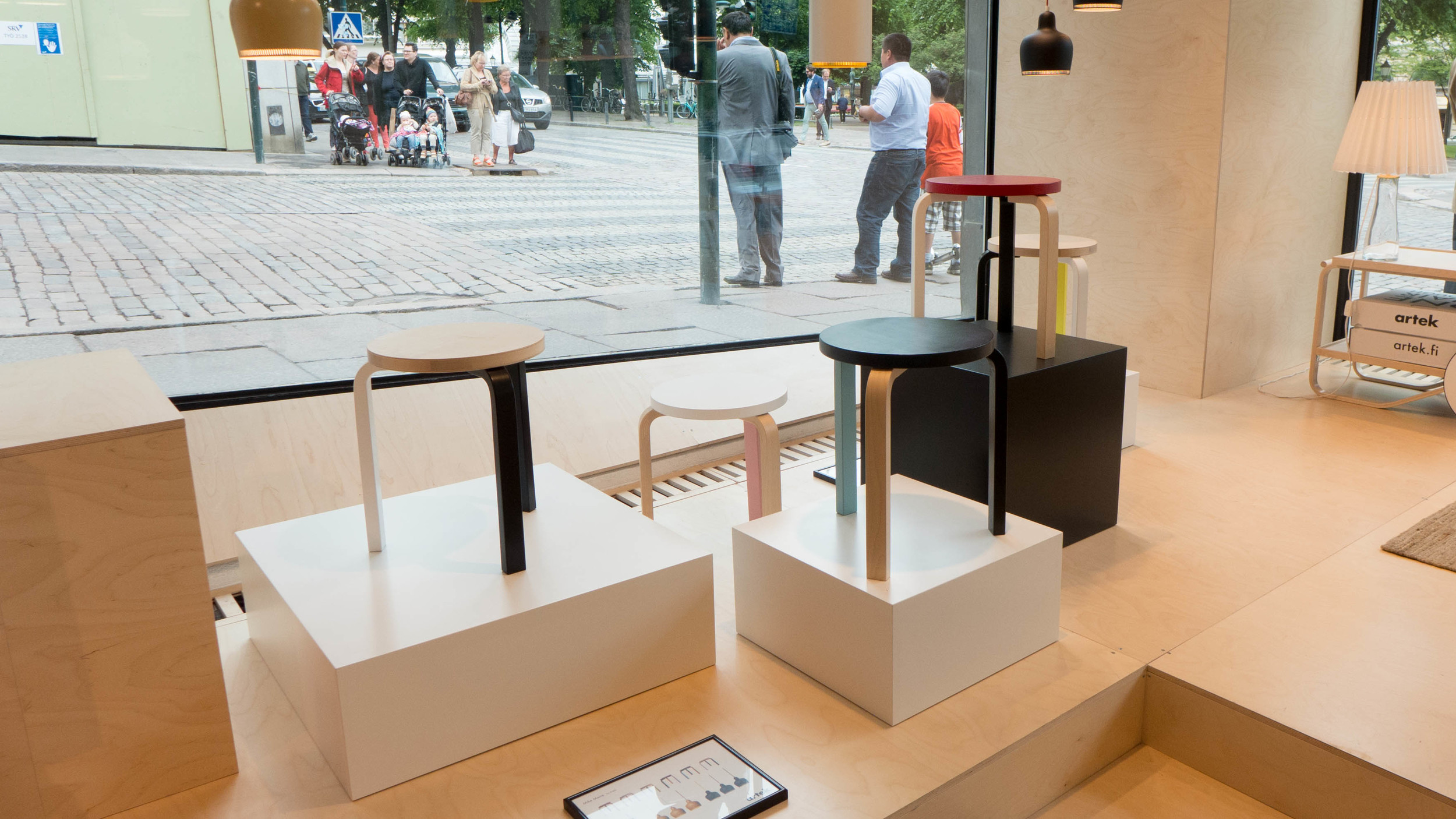Hotel Skt. Petri, Copenhagen
/The Hotel Skt. Petri on Krystalgade is a member of the Design Hotels group. The building dates from the 1930s and was a large department store called Dælls Varehus, that was designed by the leading Functionalist architect Vilhelm Lauritzen (1894-1984). The store closed in 1999 and extensive rebuilding work, to convert the building to a hotel, was directed by Erik Møllers Tegnestue. Features of the original building were retained but a new entrance lobby and moving staircases up to the reception on the first floor were added along with a new large high dining room where a courtyard was glazed over.
Normally I do not like large international hotels but for a start this hotel is very conveniently situated close to the old university buildings, within walking distance of Nørreport metro station if you are coming from the airport and within easy strolling distance of the main sites of the centre of Copenhagen.
Although the hotel is very large, the corridors are relatively low and carefully divided into shorter sections by light, bright staircases so moving around the public areas the hotel is not actually dauntingly extensive. The upper rooms to the street side and the upper rooms to the courtyard have large balconies … my balcony was probably around 3 metres by 3 metres and looked west across the roof tops of nearby houses so was fantastic for sitting out to catch the evening sun … even in late March.
Room fittings are simple and sensible. My only complaint was the bedside lighting. There was a light box on each side of the bed, which admittedly threw out a nice light in the evening but there were also odd lights on each side on curving metal umbilical cords. It was not the lights themselves that were the problem but the weird way the light switches were awkward and fiddly. Not the best idea if you wake in the middle of the night in a strange place and have to be absolutely and completely awake to work out where and how the light turns on.
The only thing worse than odd lights in a hotel room is this crazy habit, in many hotels, of covering the bed with cushions. Last summer I stayed at the Thief in Oslo (also a member of the Design Hotels group) and there were cushions of various sizes and shapes and colours in two ranks from the head board covering the bed and tumbling over the foot. If I was a Hollywood diva entertaining in my room and wanted to be seen seductively draped over the cushions, they might have a use. But then I’m not … so the only place to put them all was piled up in a high precarious stack in the corner. Do designers in Oslo have such a ridiculously high budget that all they can find to spend it on is more cushions?




